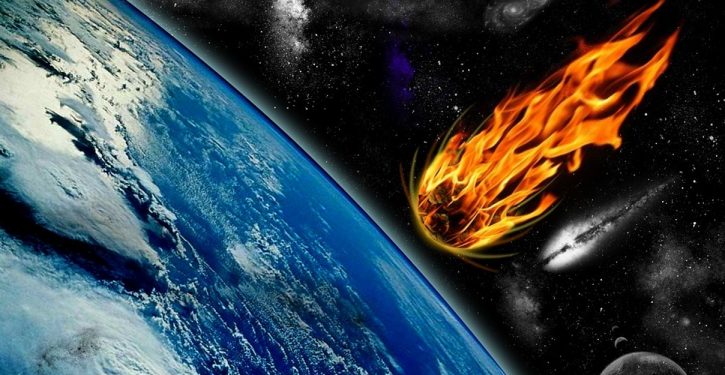
By Gretchen Clayson
Scientists have discovered two new minerals after unearthing a large meteorite — the ninth largest ever found — near the town of El Ali in central Somalia.
“Whenever you find a new mineral, it means that the actual geological conditions, the chemistry of the rock, was different than what’s been found before. That’s what makes this exciting: In this particular meteorite you have two officially described minerals that are new to science,” Chris Herd, a professor in the Department of Earth and Atmospheric Sciences at the University of Alberta and curator of the university’s Meteorite Collection announced in a press release.
The minerals were discovered after a slab of the 15.2 metric ton meteorite was sent to the University of Alberta for classification. While the slab was being analyzed, Herd noticed something out of the ordinary and called in Andrew Locock of the university’s Electron Microprobe Laboratory, the press release stated.
Locock almost immediately recognized two new minerals within the meteorite section because they had been synthetically created before. Locock was therefore able to match the composition of the newly discovered minerals with the synthetic ones, the press release explained.
“That was phenomenal. Most of the time it takes a lot more work than that to say there’s a new mineral,” Herd stated.
The new minerals have been named elaliite and elkinstantonite, respectively. The first is named for the meteorite itself, which was named after the town near which it was found. The second mineral was named after Arizona State University’s Lindy Elkins-Tanton, vice president of the university’s Interplanetary Initiative and principal investigator of NASA’s upcoming Psyche mission, the press release stated.
“Lindy has done a lot of work on how the cores of planets form, how these iron nickel cores form, and the closest analogue we have are iron meteorites. So it made sense to name a mineral after her and recognize her contributions to science,” Herd explained in the release.
New mineral discoveries are significant because of the potential uses they could have in the future, Herd explained. He also believes that if scientists were to obtain more samples from the El Ali meteorite, there’s a good possibility even more new minerals might be found, the press release stated.
While Herd and his team continue to analyze the slab they obtained, scientists have learned the El Ali itself has been moved to China in an attempt to find a buyer for it.


